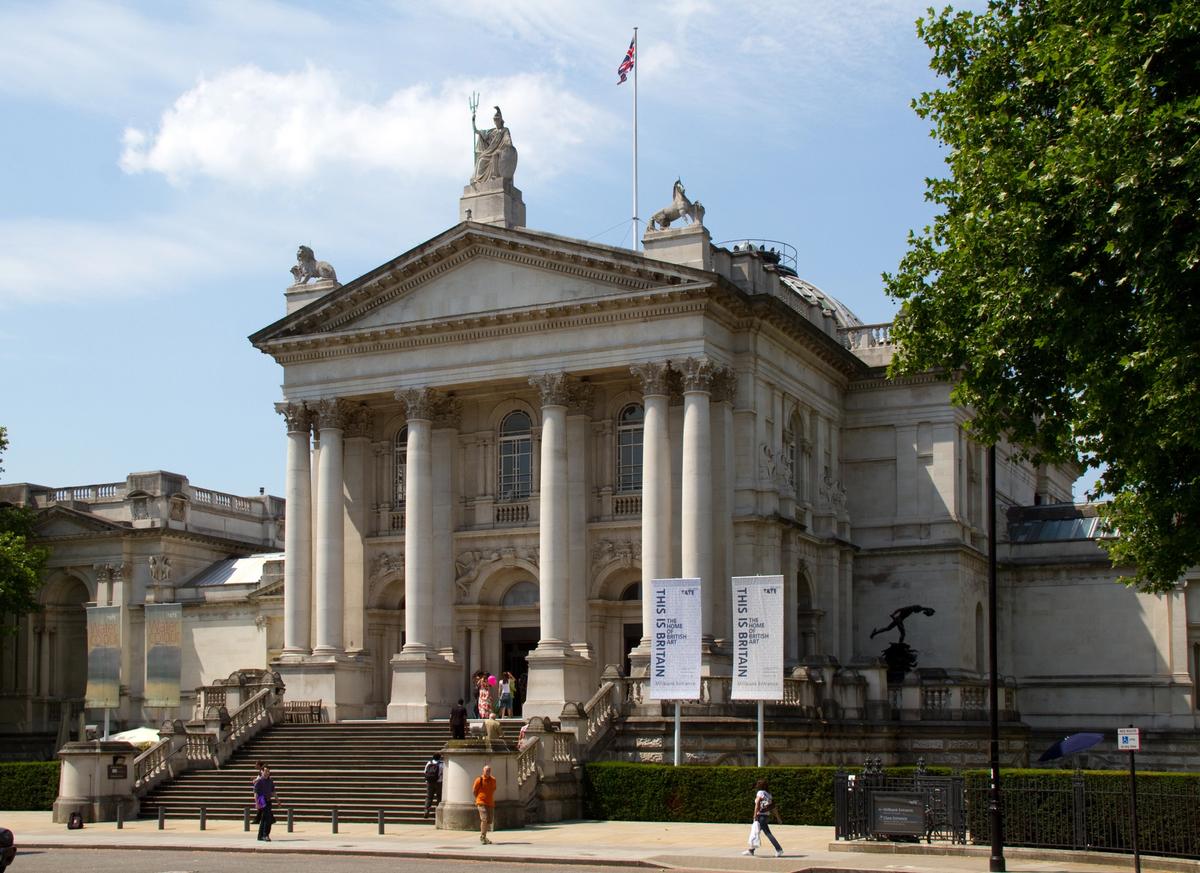The Art Newspaper can reveal that Tate is not registered as a “museum”, and it could now lose certain privileges, such as access to Acceptance in Lieu acquisitions. The gallery is currently in the anomalous position of not being among the 1,800 museums accredited to the Museums, Libraries and Archives Council (MLA). It is the only nationally-funded museum without this status.
The reason for Tate being outside the MLA scheme is simple: it refuses to accept its guidelines on deaccessioning, which are part of a much broader set of standards. MLA requires that when objects are deaccessioned, they should first be offered to other museums, before being disposed of elsewhere.
The Tate has wished to maintain the option to dispose of work by a particular living artist, in order to upgrade and acquire a more important piece by them, through exchange. This would only be done with the approval of the artist. As The Art Newspaper has reported, exploratory talks were begun with Sir Anthony Caro about “trading up” its holdings of his sculptures (January 2004, p. 17). So far, however, nothing has been deaccessioned and a Tate spokesperson emphasised last month that there are “no specific plans to do so”.
Meanwhile, MLA has become increasingly concerned at Tate being outside their registration system, since it is difficult to argue that small local museums should join and uphold the standards, when the nation’s largest art collection is outside. MLA has therefore decided to use its leverage, by arguing that non-registered museums should not be eligible for Acceptance in Lieu (AIL) acquisitions.
Under this system, pre-eminent works of art are offered by individuals to settle inheritance tax bills, and are then allocated to appropriate public collections. The AIL system was administered by the Department for Culture, Media and Sport until last April, when it was transferred to MLA.
AIL represents an important source of acquisitions, at no cost to galleries. Two years ago, for instance, the Tate received Constable’s study for Cornfield, which settled tax of nearly £2 million (the value of the picture was higher). Last month, as we were going to press, a deal was being finalised to transfer ownership of 10 Barbara Hepworth sculptures to the Tate. These are for display at the Barbara Hepworth Museum in St Ives, which is run by the Tate. Offered by Hepworth’s family, the sculptures will settle tax of around £1.5 million.
Last month a Tate spokesperson confirmed that the gallery’s decision not to become a registered museum had been because of its position on deacquisitioning: “Tate trustees have agreed in principle to consider disposal of works by exchange in those cases where Tate wishes to improve the representation of a living artist. This would no longer be possible if Tate was to comply with MLA guidelines.”
However, the trustees are now reconsidering the matter, in light of MLA’s recent decision to bar Tate from receiving further AIL works of art. The Tate is currently discussing with MLA whether the general policy on deaccessioning might be modified, to allow “upgrading”. If this is not agreed, then Tate will have a difficult decision, but will probably decide that the costs of being outside the AIL system outweigh the benefits of being able to upgrade their holdings of living artists through exchange.


